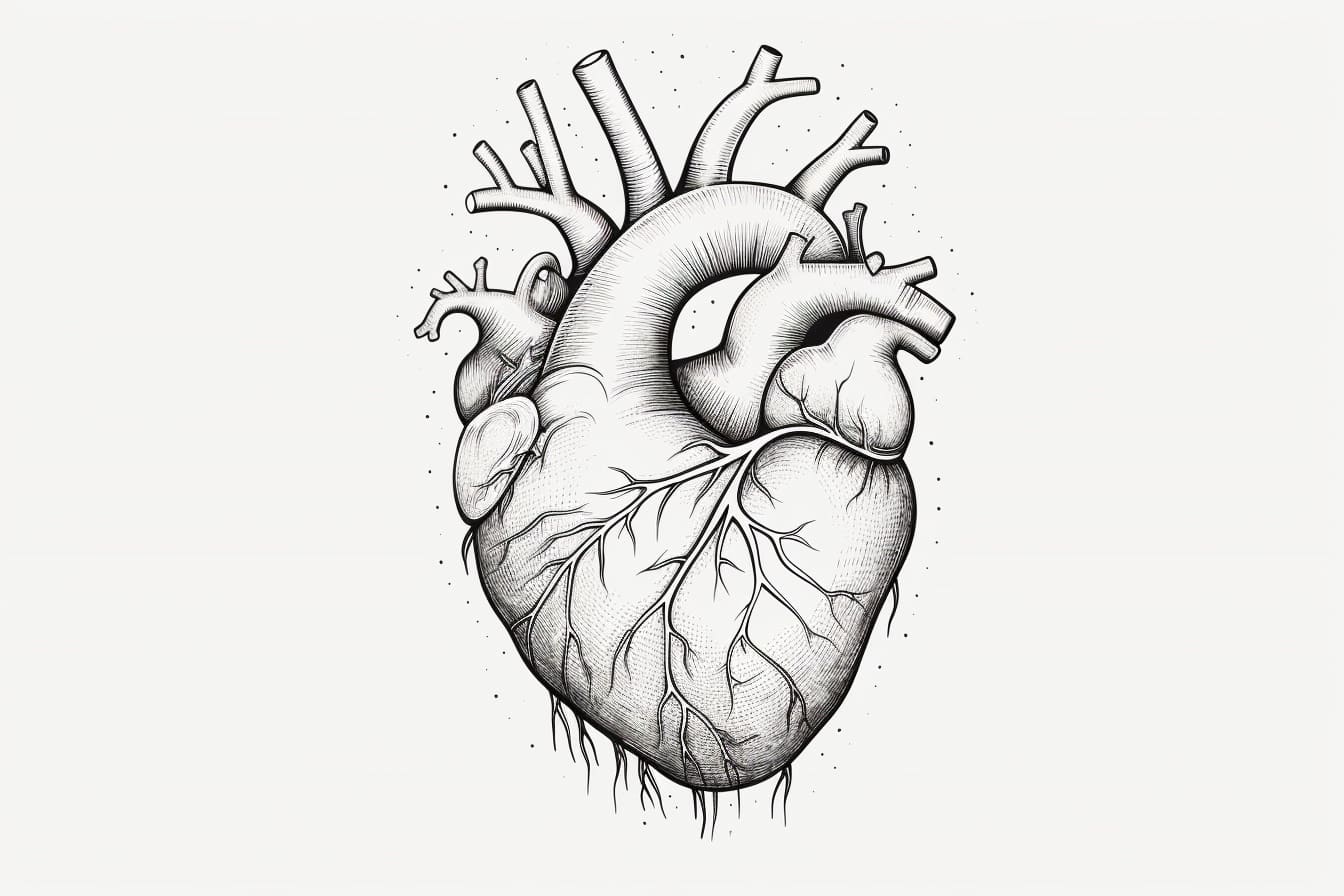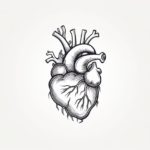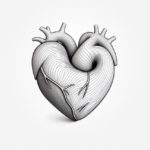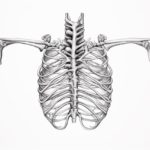Welcome to the fascinating world of anatomical drawing! In this session, we will delve into the intricacies of capturing the beauty and complexity of the human heart on paper. The heart, often regarded as the symbol of love and life, also serves as a captivating subject for artists seeking to explore the depths of anatomy and physiology.
Drawing an anatomical heart provides a unique opportunity to blend art and science, allowing us to appreciate the intricate network of veins and arteries, the symmetrical chambers, and the rhythmic pulsations that keep us alive. Through this artistic journey, we will not only enhance our drawing skills but also gain a deeper understanding of the vital organ that sustains us.
So, grab your pencils and paper, and let’s embark on a creative exploration of the anatomical heart, where artistry meets anatomy in a harmonious blend of beauty and knowledge.
Materials Required
To draw an anatomical heart, you will need the following materials:
- Drawing paper or sketchbook
- Pencil for sketching and outlining
- Eraser for correcting mistakes
- Fine-tip pens for adding details
- Colored pencils or markers for adding color if desired
- Reference images of anatomical hearts for accuracy
- Optional: blending tools such as blending stumps or tortillons for shading and blending
These materials will help you create a detailed and accurate drawing of an anatomical heart.
How to Draw an Anatomical Heart: a Step-by-step Guide
Step 1: Gather Your Materials
Gather all the necessary materials for drawing an anatomical heart. You will need a pencil, eraser, paper, and reference images of an anatomical heart for accuracy.
Step 2: Sketch the Basic Shape
Start by lightly sketching the basic shape of the anatomical heart. Draw an oval shape for the main body of the heart, and add two smaller oval shapes at the top for the atria.
Step 3: Add Details
Add the details of the heart chambers and valves. Draw the ventricles at the bottom of the heart with thicker walls compared to the atria. Include the aorta and pulmonary arteries emerging from the top of the heart.
Step 4: Draw the Veins and Arteries
Sketch the veins and arteries connected to the heart. Include the superior and inferior vena cava entering the right atrium, and the pulmonary veins entering the left atrium. Draw the aorta branching out from the left ventricle.
Step 5: Add Texture and Shading
Add texture to the heart by drawing veins and muscle fibers on the surface. Use hatching and cross-hatching techniques to create shading and depth, emphasizing the 3D structure of the heart.
Step 6: Refine and Erase Guidelines
Refine the details of the heart, paying attention to proportions and anatomical accuracy. Erase any unnecessary guidelines and overlapping lines to clean up the drawing.
Step 7: Final Touches
Add any final touches to enhance the drawing, such as highlighting certain areas to create a sense of realism. Take your time to fine-tune the drawing until you are satisfied with the result.
Step 8: Sign and Date
Sign your artwork and date it to mark the completion of your anatomical heart drawing. Congratulations on completing your detailed and accurate representation of an anatomical heart!
Conclusion
In conclusion, drawing an anatomical heart can be a challenging yet rewarding artistic endeavor. By following the step-by-step instructions outlined in this article and practicing regularly, artists can develop their skills in depicting this intricate and symbolic organ with accuracy and creativity. Remember to pay attention to details, shapes, and shading to bring your anatomical heart drawing to life. With dedication and patience, anyone can master the art of drawing this complex organ and create compelling and meaningful artwork. Keep practicing and exploring different techniques to enhance your artistic abilities and create stunning anatomical heart illustrations.
Fun Facts About Anatomical Hearts
- An anatomical heart is the symbol of love and emotion, often depicted in art, tattoos, and jewelry.
- The average human heart beats about 100,000 times per day, pumping around 2,000 gallons of blood through the body.
- The heart is made up of four chambers: the left and right atria and the left and right ventricles, each with its own specific function in pumping blood.
- The heart has its own electrical system that controls the heartbeat, sending signals to the heart muscle to contract and relax in a coordinated manner.
- The heart is roughly the size of a fist and weighs about 8-12 ounces in adults.
- The heart is located in the chest cavity slightly to the left of the center of the chest, between the lungs.
- The heart is a muscle that needs its own blood supply to function properly, supplied by the coronary arteries.
- The heart can continue to beat even when separated from the body, as it has its own intrinsic rhythm.
- The heart is capable of adjusting its pumping capacity based on the body’s needs, such as during exercise or stress.
- The heart is essential for life, as it delivers oxygen and nutrients to all the cells in the body and removes waste products.
Suggestions for Scenes and Settings for Anatomical Heart Drawings
- An anatomical heart surrounded by blooming flowers, symbolizing the beauty and fragility of life.
- An anatomical heart integrated into a steampunk-inspired mechanical contraption, representing the balance between nature and technology.
- An anatomical heart floating in outer space, with planets and stars in the background, conveying a sense of interconnectedness and vastness.
- An anatomical heart depicted as a mystical crystal, emitting a soft glow and surrounded by ethereal mist, evoking a sense of magic and wonder.
- An anatomical heart entwined with twisting tree roots, merging with nature and symbolizing growth and resilience.
- An anatomical heart suspended underwater, with colorful marine life swimming around it, showcasing the delicate balance of life in the ocean.
- An anatomical heart covered in intricate geometric patterns, symbolizing the complexity and interconnectedness of the human body.
- An anatomical heart depicted within a surreal dreamscape, with floating islands and surreal creatures, exploring the depths of imagination and creativity.
- An anatomical heart integrated into a vintage pocket watch, with gears and cogs visible, symbolizing the passage of time and the importance of cherishing each moment.
- An anatomical heart portrayed as a fiery phoenix rising from the ashes, symbolizing transformation and renewal.









